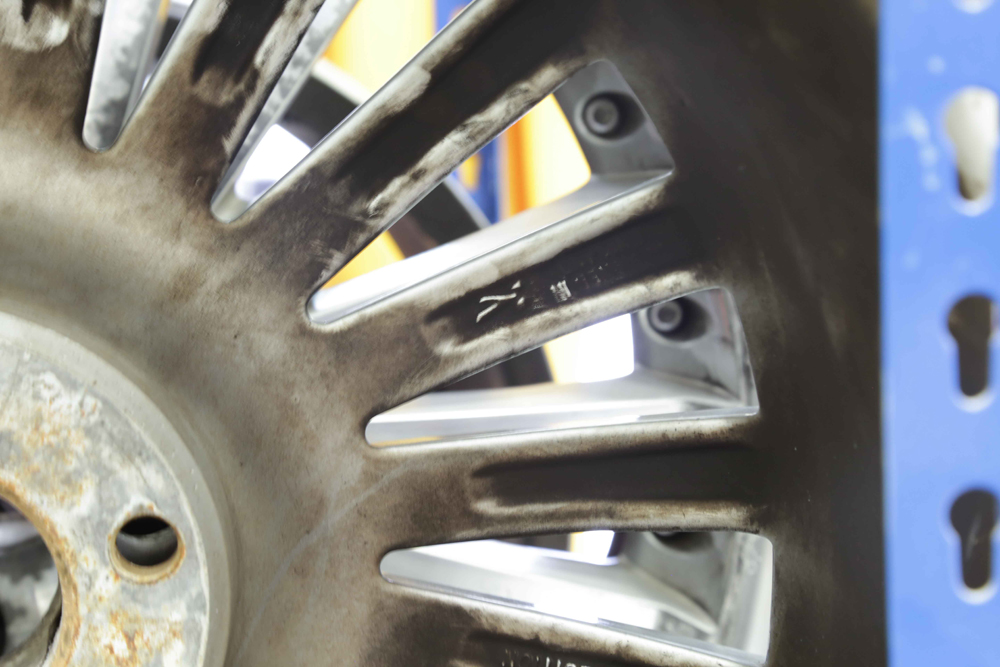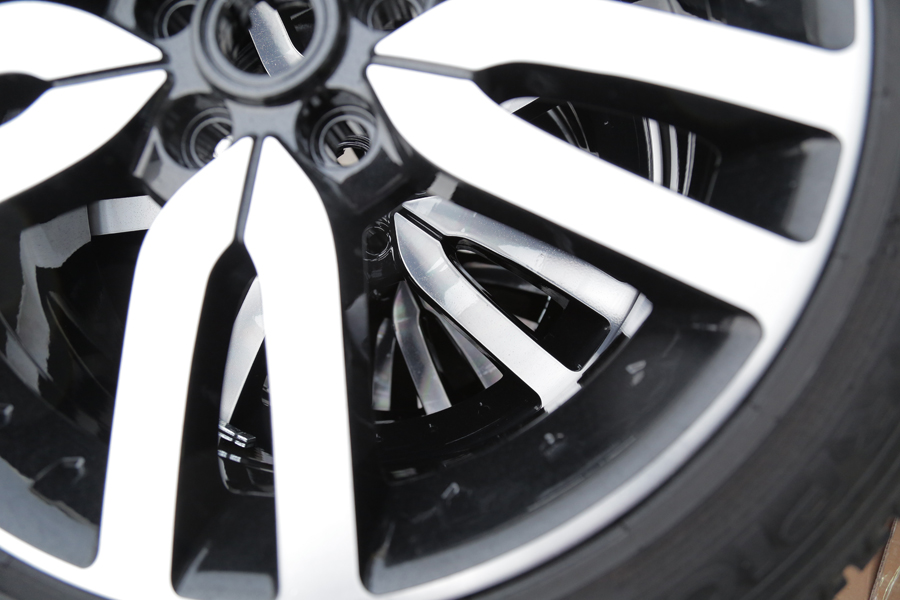 Once you start looking into repairs that will preserve the aesthetics of your car’s wheels, it won’t be long before your research leads you to the phrase ‘diamond cut finish’, or ‘diamond cutting’. This is because a diamond cut is widely regarded as the crème de la crème of alloy finishes, one that provides the highest possible quality and precision, giving your wheels a prestigious, high calibre look.
Once you start looking into repairs that will preserve the aesthetics of your car’s wheels, it won’t be long before your research leads you to the phrase ‘diamond cut finish’, or ‘diamond cutting’. This is because a diamond cut is widely regarded as the crème de la crème of alloy finishes, one that provides the highest possible quality and precision, giving your wheels a prestigious, high calibre look.
Diamond cutting works by finely cutting the alloy wheel on a lathe, removing only what metal is required – nothing more, nothing less. The process starts, however, with a specialist clean of your wheel, completely removing all dirt, grit and tar, ensuring that our team can make a thorough examination and decide on the best possible repair for the damage.
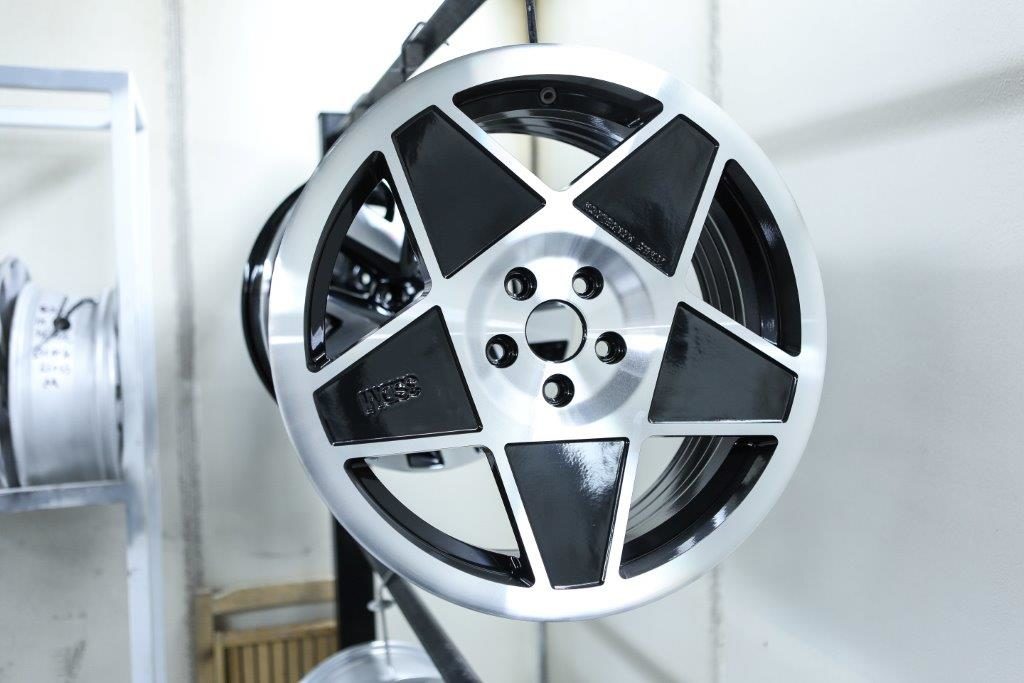 After the cleaning the wheel is powder coated, allowing for a smoother finish once the repair is complete. Then comes the precision cutting, which leaves a pure, shiny finish. Following this expert diamond cut comes a coating of scratch-proof lacquer, after which the wheel is baked in the oven and then carefully inspected to ensure it meets our quality standards.
After the cleaning the wheel is powder coated, allowing for a smoother finish once the repair is complete. Then comes the precision cutting, which leaves a pure, shiny finish. Following this expert diamond cut comes a coating of scratch-proof lacquer, after which the wheel is baked in the oven and then carefully inspected to ensure it meets our quality standards.
Even if you’re not fanatical about your wheel aesthetics, it’s worth considering a diamond cut repair because many car companies fit diamond cut alloys to their vehicles as standard. If your car is intended to come with this style of alloys then it’s worth preserving the continuity, not just to ensure the car looks its best but also to give yourself the best possible chance of attracting a high resale price should you ever come to put it on the market.
If you have any questions about our diamond cutting repair service, or want to know whether it’s appropriate for your wheels, then please do get in touch.

 Follow
Follow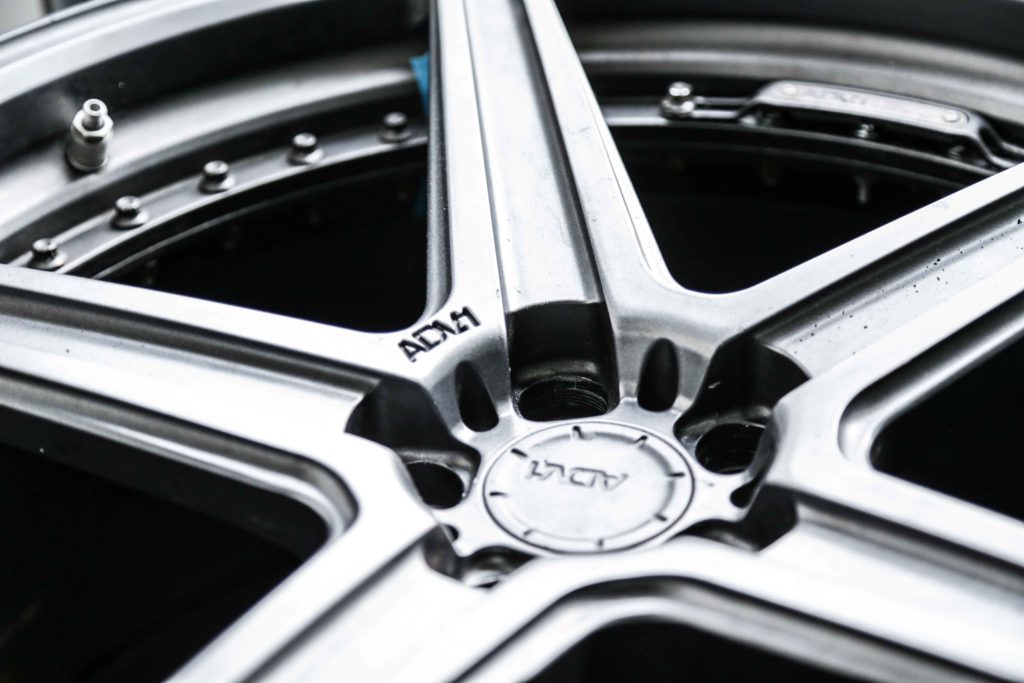 Car insurance is no-one’s favourite topic, particularly when it comes to situations that might require you to fork out more money. Yet if you’re considering adding
Car insurance is no-one’s favourite topic, particularly when it comes to situations that might require you to fork out more money. Yet if you’re considering adding 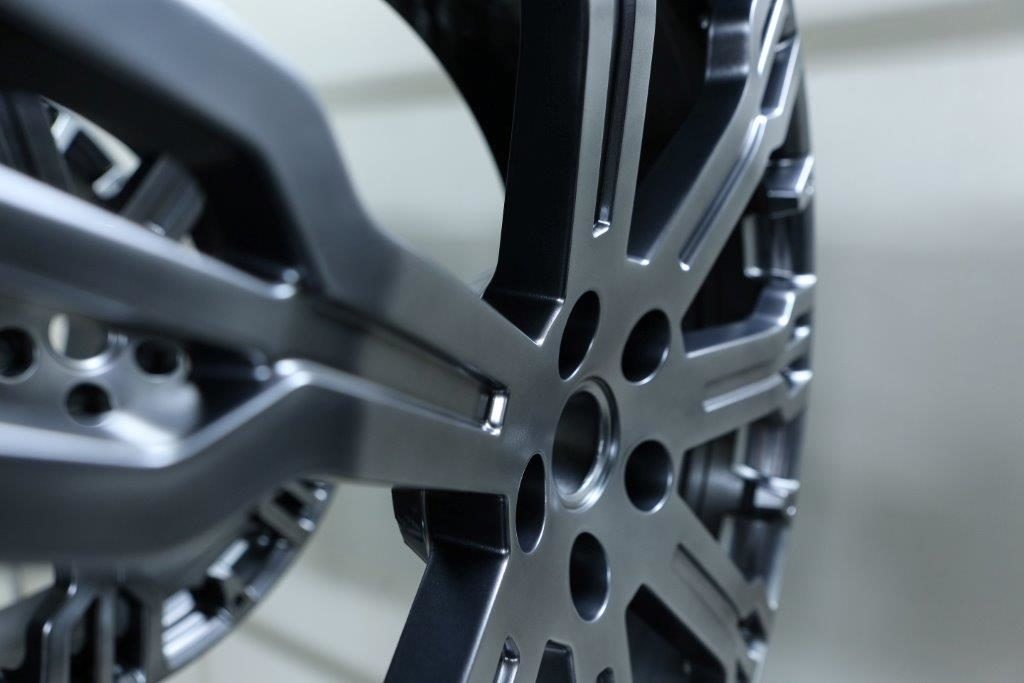 The good news, however, is that most everyday types of alloy wheels shouldn’t actually raise your premiums by that much. The consumer advice website
The good news, however, is that most everyday types of alloy wheels shouldn’t actually raise your premiums by that much. The consumer advice website 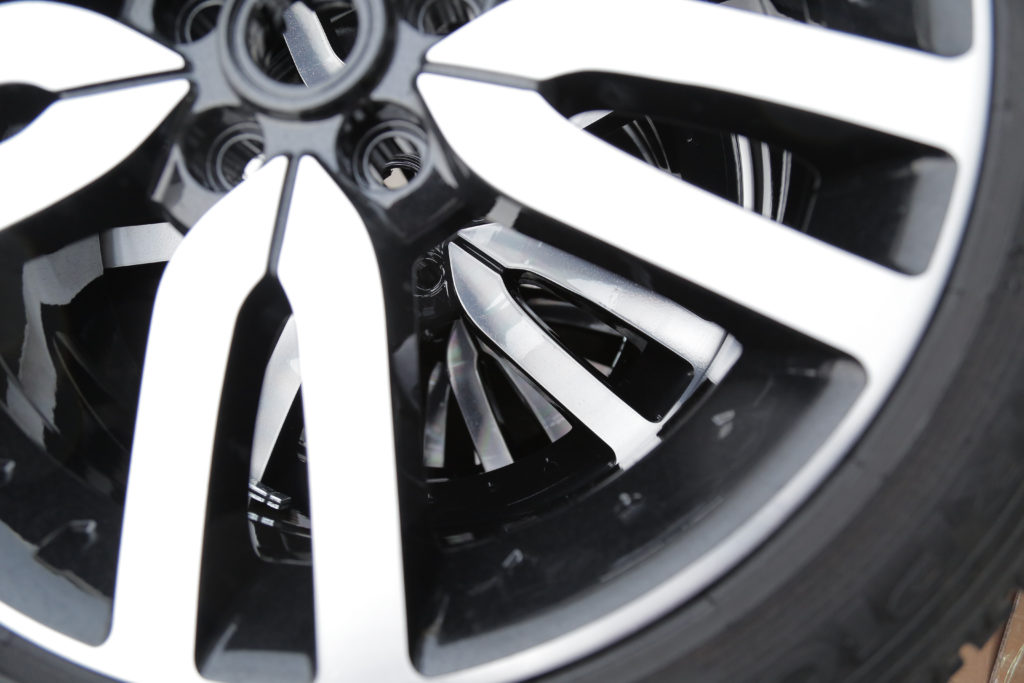 So what should you do if you think you might need insurance for your new alloys? Every circumstance is different, but in general it’s a good idea to:
So what should you do if you think you might need insurance for your new alloys? Every circumstance is different, but in general it’s a good idea to: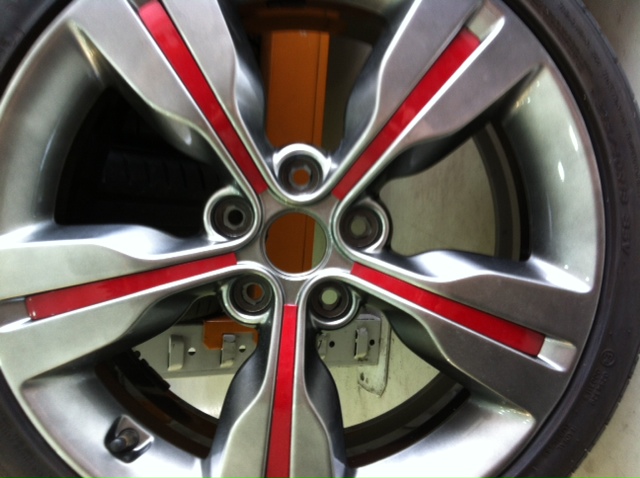 One of the questions we get asked a lot is ‘what colour should my alloy wheels be?’ This is often because people see car manufacturers introducing models with particular colours of alloy, particularly for higher end cars, and assume that there is a right way and a wrong way to style their car.
One of the questions we get asked a lot is ‘what colour should my alloy wheels be?’ This is often because people see car manufacturers introducing models with particular colours of alloy, particularly for higher end cars, and assume that there is a right way and a wrong way to style their car. 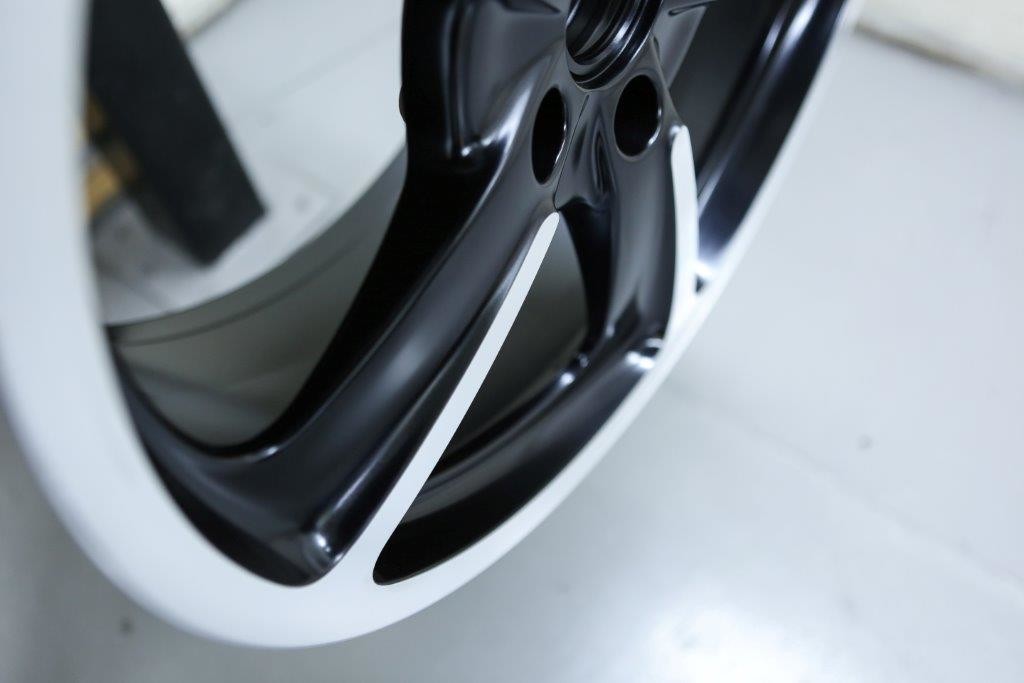
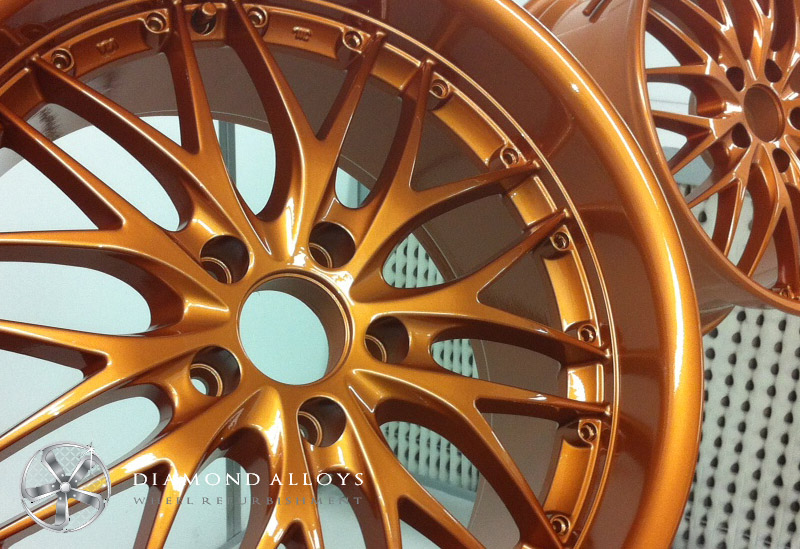
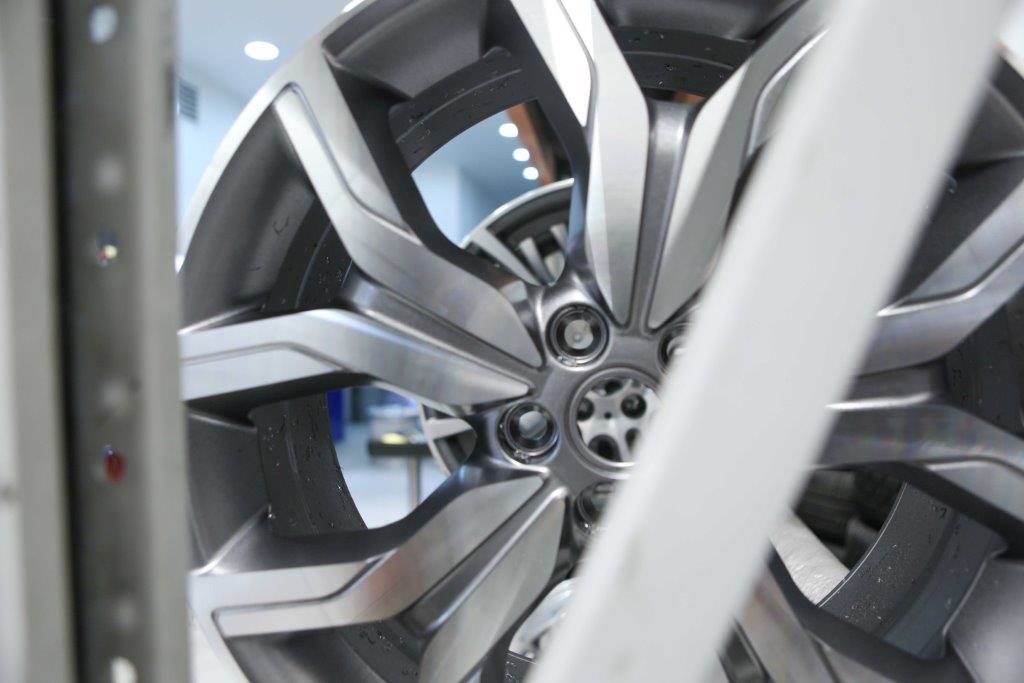 Let’s not forget silver
Let’s not forget silver 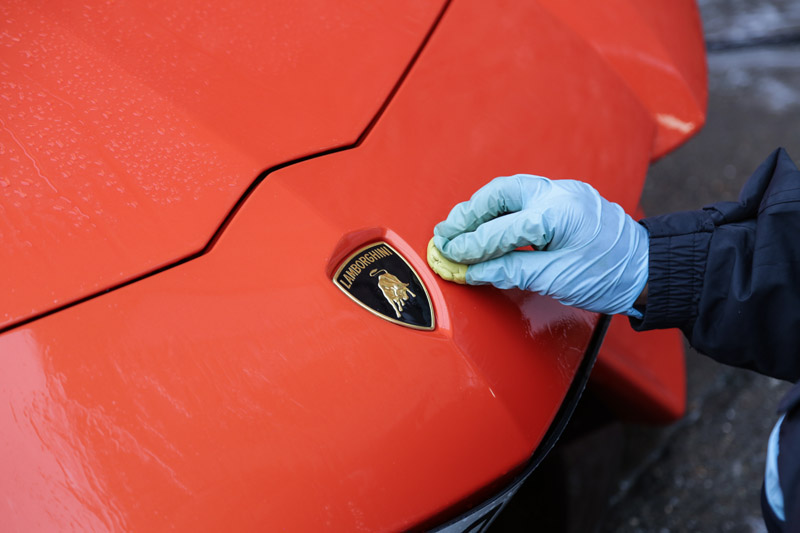 Wheel detailing clay usually comes in a bar, and feels a bit like putty when you first touch it. All you need is one of these bars, available from shops like Halfords, plus a suitable lubricant (which you’ll find usually next to the clay in the shop) and you’re ready to clean your alloys like they’ve never been cleaned before. The trick is to only use a portion of the clay bar at a time – that way it’s easier to work in between the spokes, and if you drop it you still have a supply of clean clay to use!
Wheel detailing clay usually comes in a bar, and feels a bit like putty when you first touch it. All you need is one of these bars, available from shops like Halfords, plus a suitable lubricant (which you’ll find usually next to the clay in the shop) and you’re ready to clean your alloys like they’ve never been cleaned before. The trick is to only use a portion of the clay bar at a time – that way it’s easier to work in between the spokes, and if you drop it you still have a supply of clean clay to use!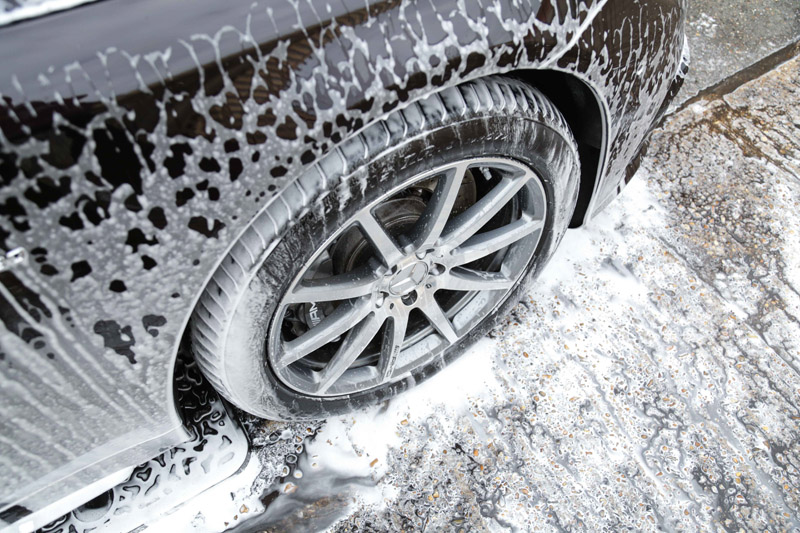 So you’ve
So you’ve 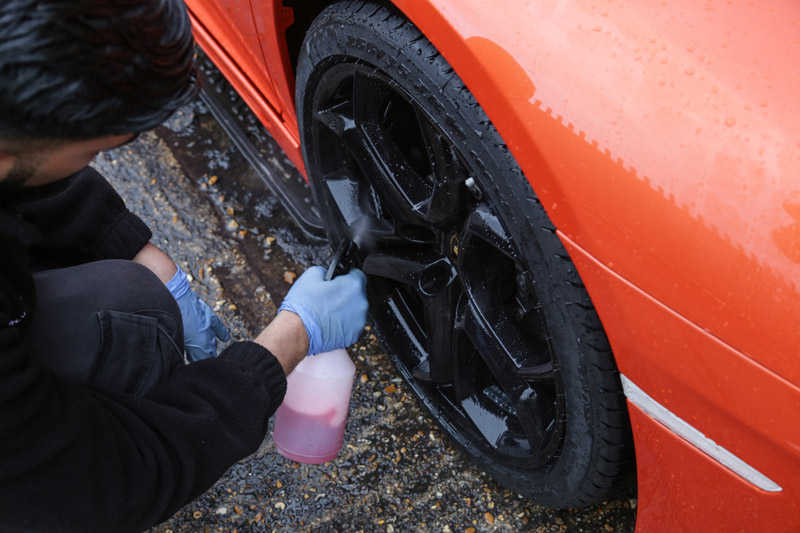 Apply the wheel cleaner
Apply the wheel cleaner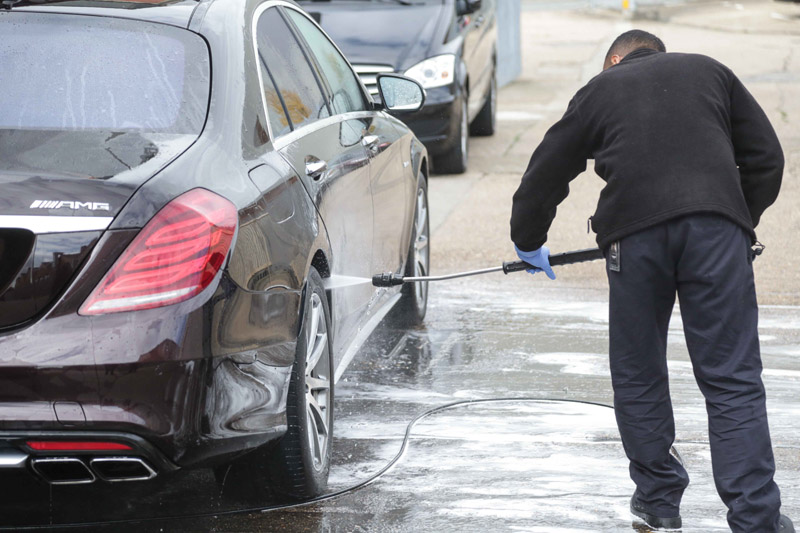 Rinse everything thoroughly. There’s no point scrimping at this stage so go to town with your hose or buckets.
Rinse everything thoroughly. There’s no point scrimping at this stage so go to town with your hose or buckets.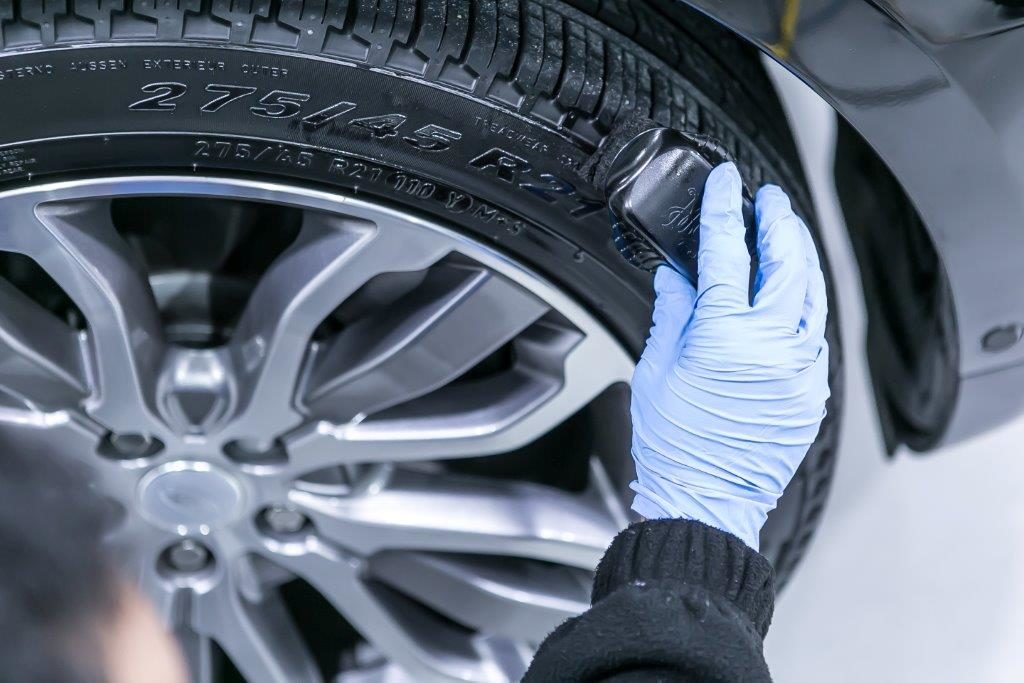 While you can just have a go at cleaning your wheels with whatever you’ve got lying around in the shed, if you want to establish a good cleaning regime you might as well go the whole hog and stock up on a proper kit. Here’s everything you need to ensure you can keep your alloys in tip-top condition.
While you can just have a go at cleaning your wheels with whatever you’ve got lying around in the shed, if you want to establish a good cleaning regime you might as well go the whole hog and stock up on a proper kit. Here’s everything you need to ensure you can keep your alloys in tip-top condition.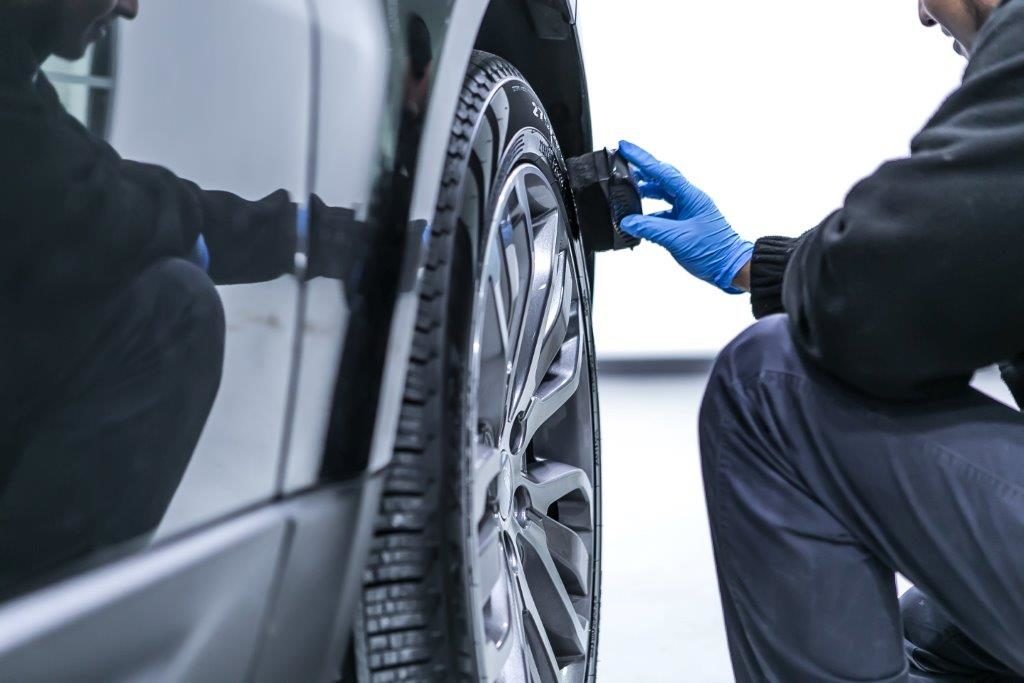 Wheel and Tire Brushes
Wheel and Tire Brushes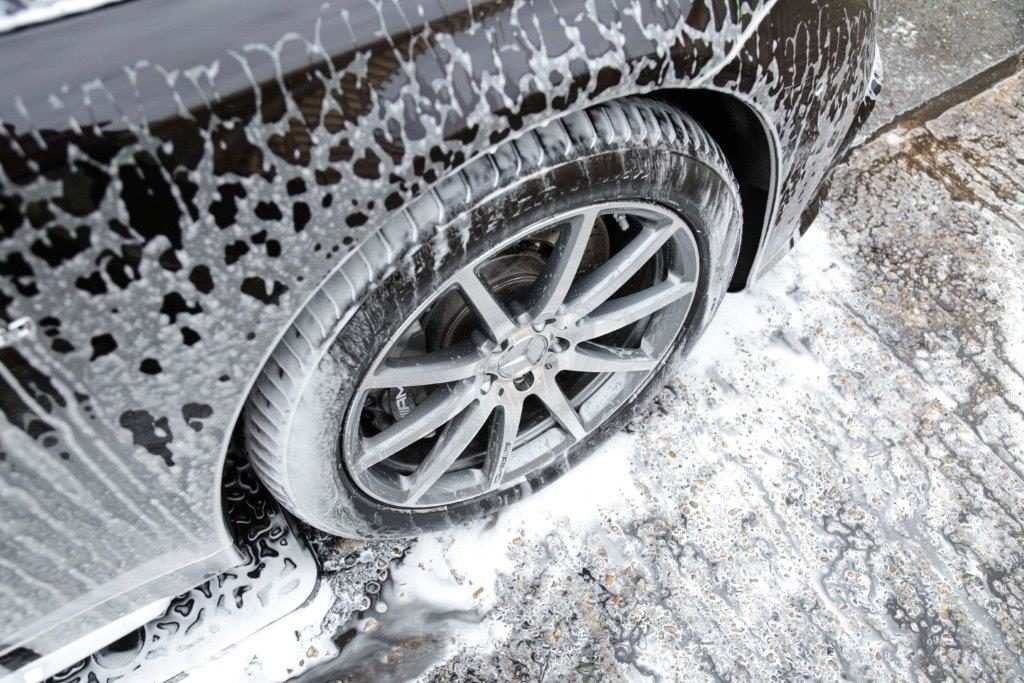 Buckets
Buckets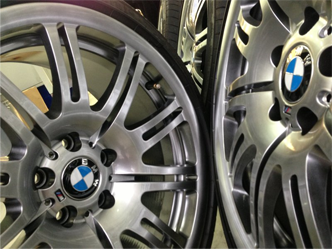 Stuck for a kick-ass new look for your alloys? If none of the
Stuck for a kick-ass new look for your alloys? If none of the 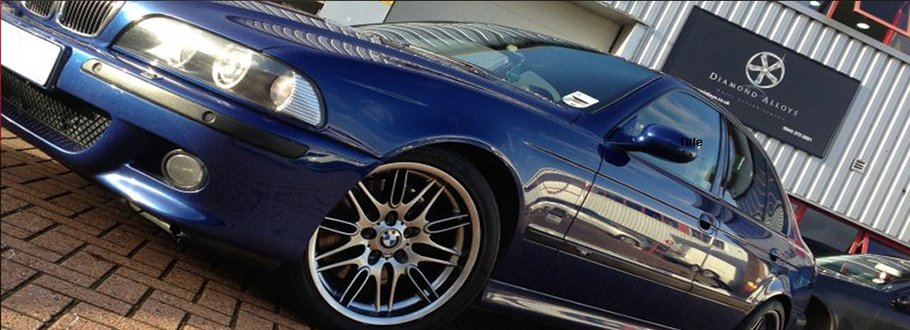
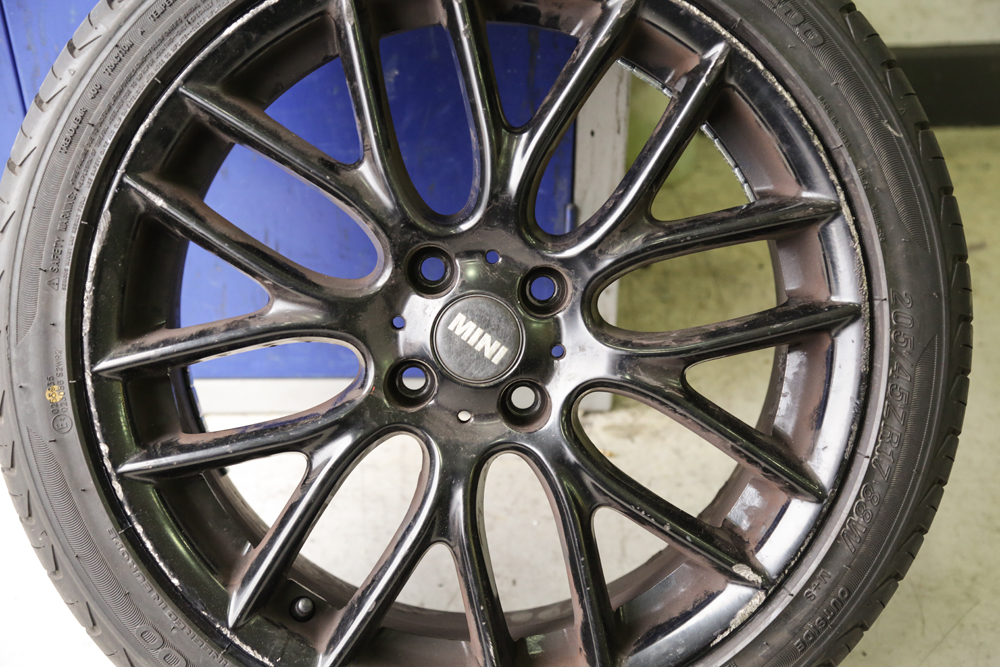 Winter is on its way, and the harsher weather conditions mean that it’s time to step up your
Winter is on its way, and the harsher weather conditions mean that it’s time to step up your 